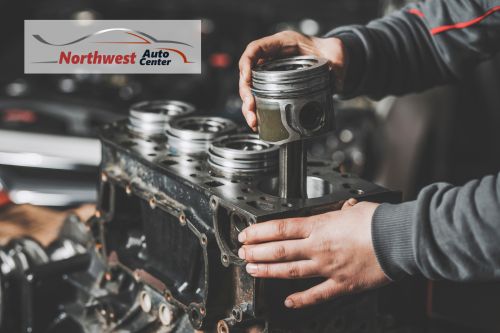
Beneath the hood of every automobile lies a complex and intricate machinery known as the internal combustion engine. At the heart of this marvel are two fundamental components: pistons and connecting rods. These unassuming yet crucial elements play a pivotal role in the conversion of fuel into motion, powering our vehicles and driving modern transportation.
Let’s delve into the mechanics and significance of pistons and connecting rods, shedding light on their integral role in engine operation and overall performance.
Understanding Pistons and Connecting Rods – What’s Their Purpose?
The Pistons: The Catalysts of Energy Conversion
Pistons, cylindrical components that move within the engine cylinders, are central to the process of transforming chemical energy stored in fuel into mechanical energy that propels the vehicle. This conversion is achieved through a precisely choreographed sequence of movements that occur within the engine’s cylinders.
During the intake stroke, the piston moves downward, creating a vacuum within the cylinder. This vacuum draws in a carefully balanced mixture of air and fuel. As the piston begins to ascend during the compression stroke, the mixture is compressed, leading to heightened pressure and temperature within the cylinder. At the apex of this stroke, when pressure is at its peak, the spark plug ignites the fuel-air mixture, initiating controlled combustion. This combustion forces the piston down in what is known as the power stroke, generating the mechanical energy that is transferred to the engine’s crankshaft, eventually driving the wheels.
Modern piston design is a blend of art and science. These components are often crafted from lightweight materials like aluminum, enabling faster reciprocation and reducing the overall weight of the engine. Additionally, advanced piston designs, including intricate shapes and specialized coatings, contribute to improved combustion efficiency, thereby enhancing fuel economy and reducing emissions.
The Connecting Rods: Enabling Efficient Energy Transfer
While pistons are responsible for converting energy within the cylinders, the task of transferring this energy to the crankshaft falls to the connecting rods. Connecting rods are essential components that bridge the gap between the linear motion of the pistons and the rotational motion required by the engine’s crankshaft.
As the piston moves down during the power stroke, the connecting rod pivots around the piston pin, transmitting the force generated by the combustion process to the crankshaft’s throw. This rotational movement of the crankshaft is what ultimately powers the vehicle. Given the intense forces and stresses involved in this transfer of energy, connecting rods are engineered to be exceptionally durable, often constructed from robust materials such as forged steel.
Stroke Length and Performance
An intriguing aspect of the relationship between pistons and connecting rods lies in the concept of stroke length. Stroke length refers to the distance the piston travels between its lowest and highest points within the cylinder. This parameter has a profound impact on engine performance, influencing factors such as torque and horsepower.
Engines with longer stroke lengths typically generate higher torque at lower RPMs, making them suitable for tasks requiring substantial power, such as towing or hauling. Conversely, engines with shorter stroke lengths are adept at generating higher horsepower, making them ideal for applications where speed and acceleration are paramount.
The design of connecting rods also affects engine performance. Longer connecting rods, for example, can contribute to reduced friction and improved efficiency. Engineers meticulously calibrate the balance between piston stroke length, connecting rod design, and other variables to achieve the desired balance of power, torque, and efficiency for each engine configuration.
Powering Our Engines
In the grand symphony of engine mechanics, pistons and connecting rods play the roles of both conductor and musician. Their harmonious collaboration is responsible for translating fuel into the motion that propels our vehicles forward. As automotive technology advances, these components continue to evolve, benefiting from materials science, computer simulations, and additive manufacturing techniques.
Looking ahead, the roles of pistons and connecting rods are set to expand and diversify. The rise of hybrid and electric vehicles will lead to new engineering challenges and innovations, redefining the landscape of automotive powertrains. Whether driving traditional internal combustion engines or contributing to the hybrid revolution, the fundamental understanding of the roles and interactions of pistons and connecting rods remains a cornerstone of automotive engineering, ensuring that the heart of power beats strong in the vehicles of today and tomorrow.

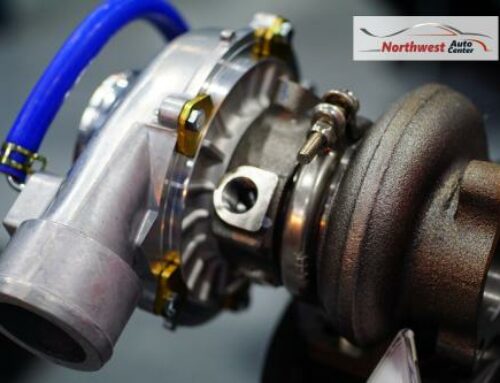
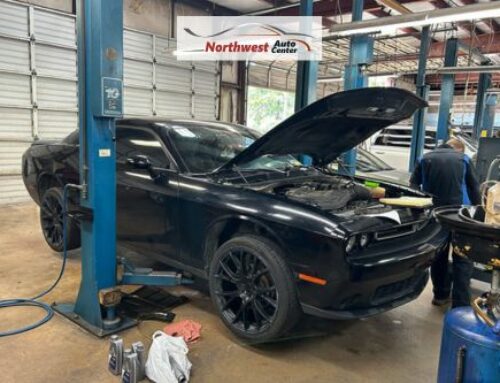
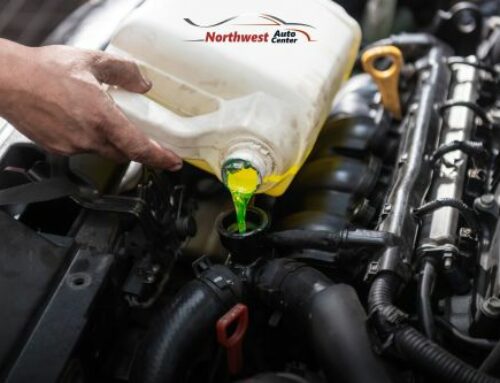
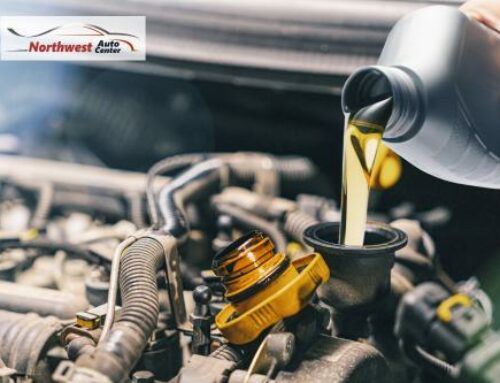
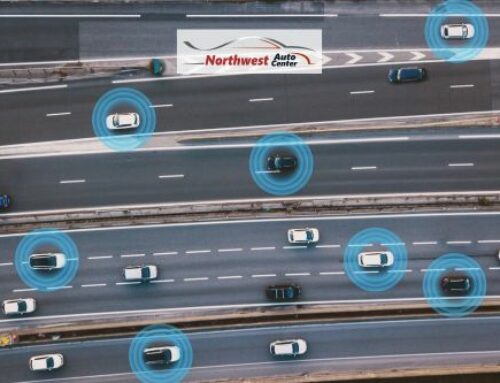
Leave A Comment
You must be logged in to post a comment.